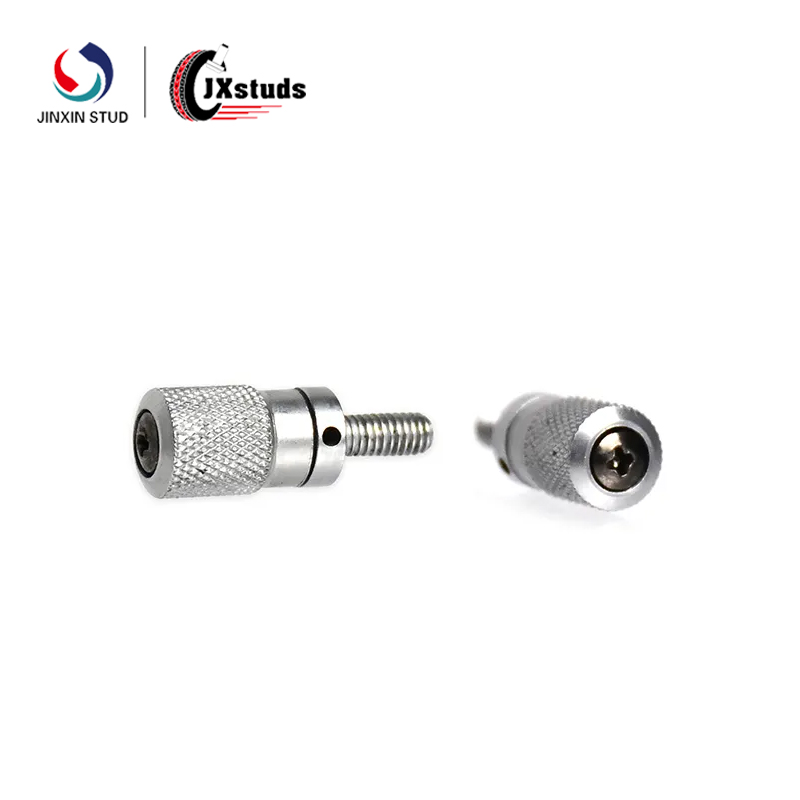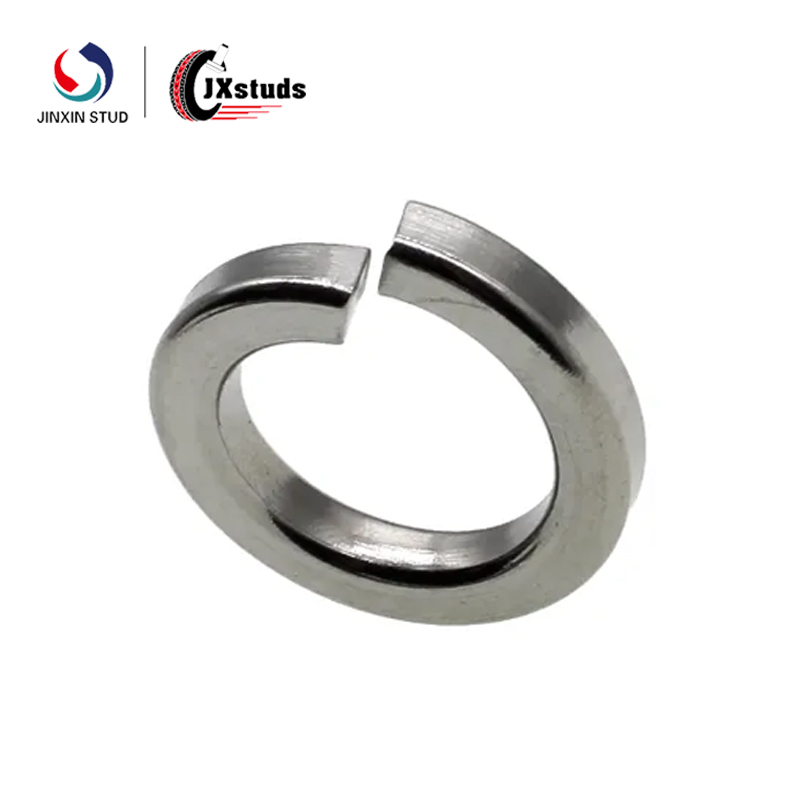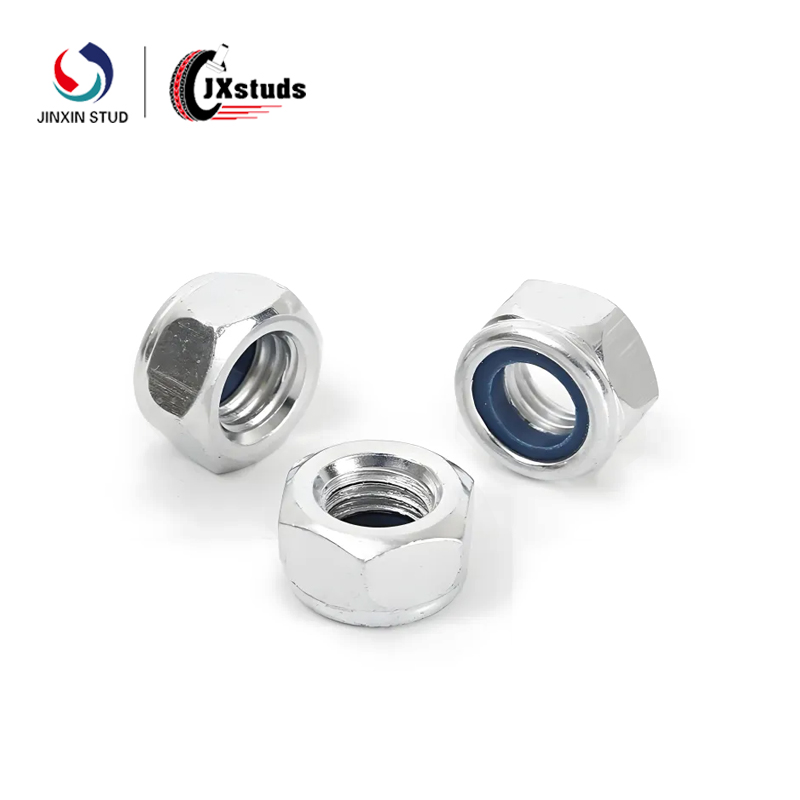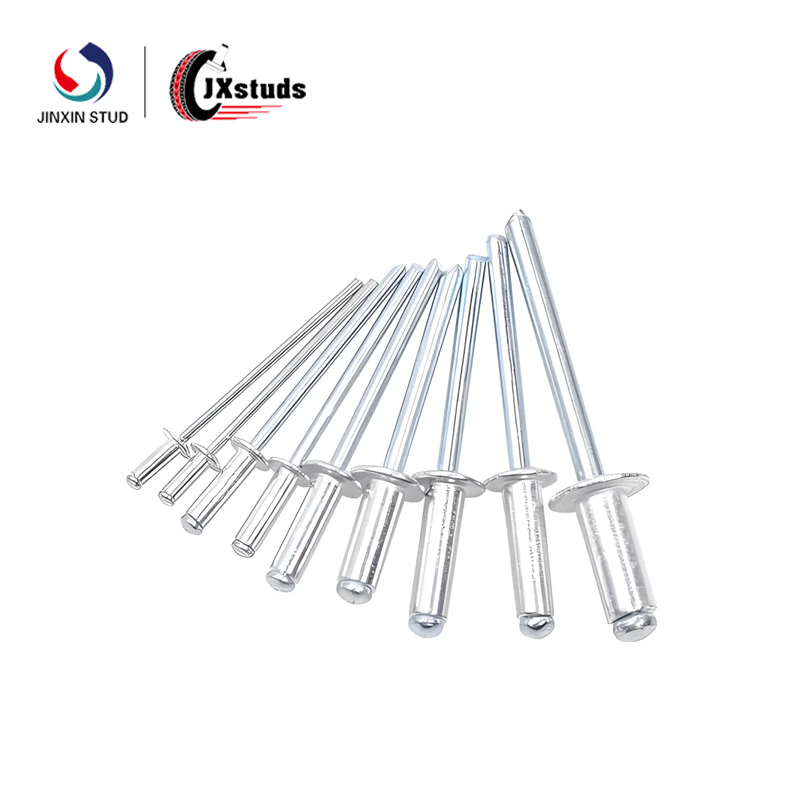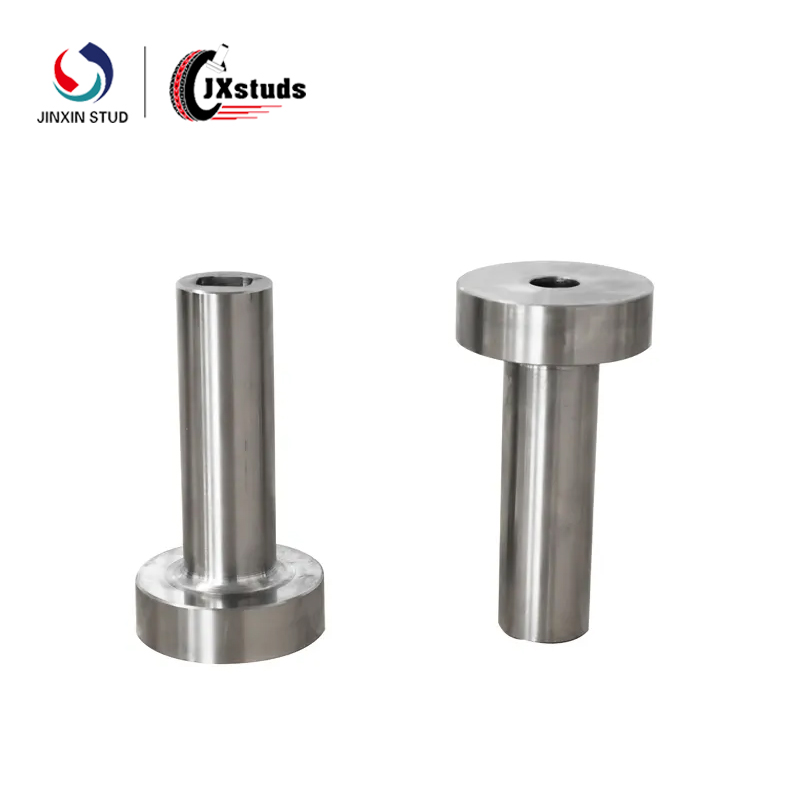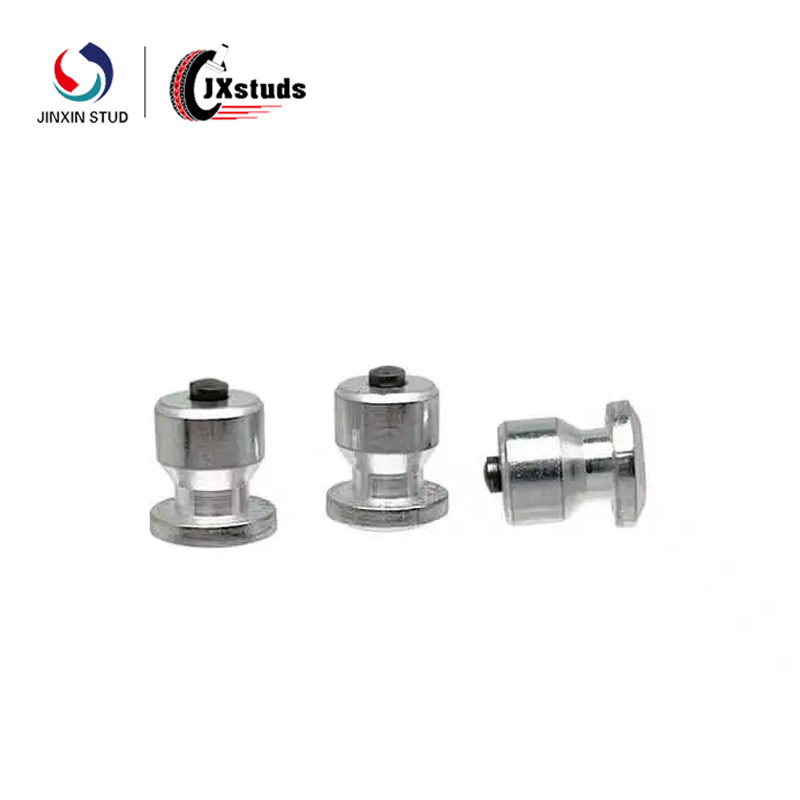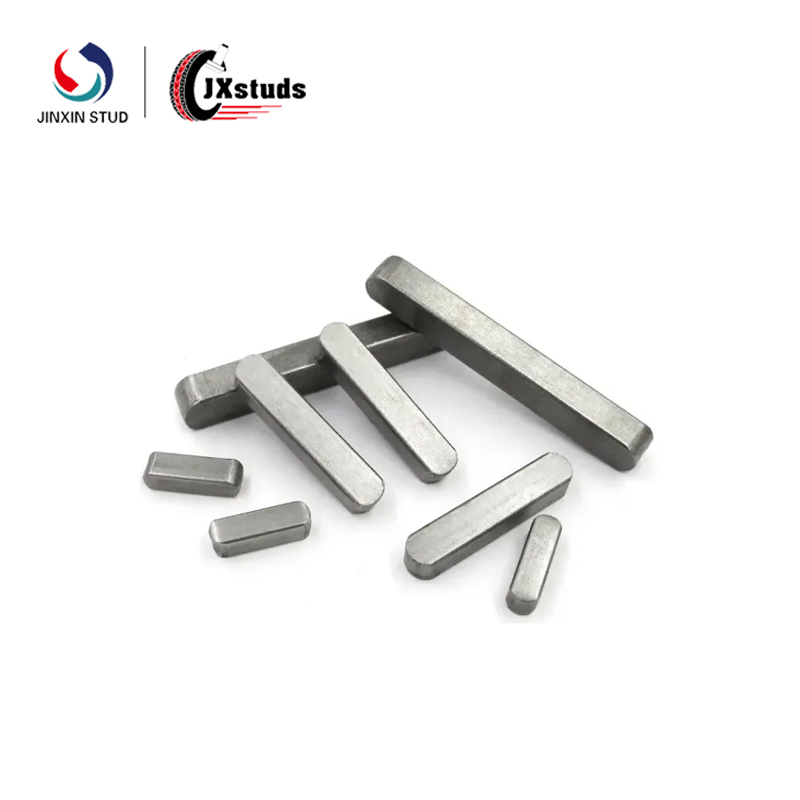The main roles of fastener bolts in the field of machinery and engineering are reflected in the following aspects:
Connection role: bolts are commonly used connectors, by tightening the bolts, two or more parts can be tightly connected together to form a complete structural body. This connection is not only simple and reliable, but also easy to disassemble and replace, very suitable for the need for frequent repair and maintenance of machinery and equipment.
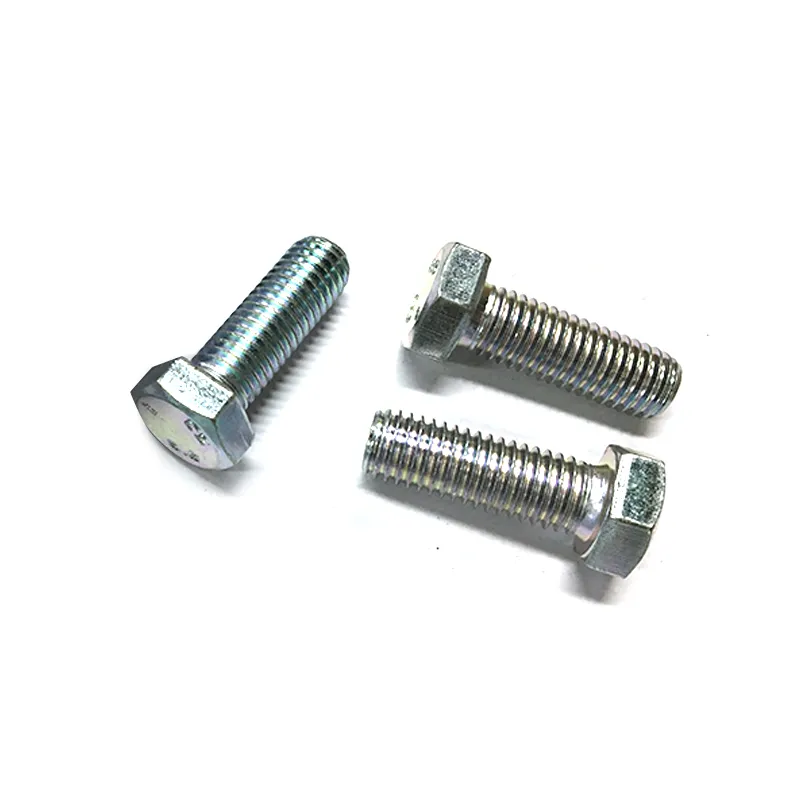
Fastening effect: in the process of tightening the bolt, a certain amount of pre-tensioning force will be generated, this pre-tensioning force can ensure that the connected parts in the working process will not be due to vibration, impact or temperature changes and other reasons and loosening or falling off. This is essential to ensure the stability and safety of the equipment.
Transmission of loads: Bolted connections not only secure components, but also transmit loads. In mechanical equipment, the need to transfer the force or torque between the various components, bolt connection is an important means to achieve this function. Through the reasonable design of the specification and number of bolts, you can ensure that the connection part has enough strength and rigidity to meet the working requirements of the equipment.
Cushioning and shock absorption: In some cases, the bolt can also play the role of cushioning and shock absorption. For example, in automobile manufacturing, the connection between the engine and chassis on the use of flexible bolts, such bolts can be absorbed and dispersed vibration energy to a certain extent, to improve the ride comfort of the vehicle.
Positioning and guiding: Bolts can also be used as positioning and guiding parts. In the assembly process, through the pre-installed bolts, the position and direction of the components can be easily determined to improve the accuracy and efficiency of the assembly.



